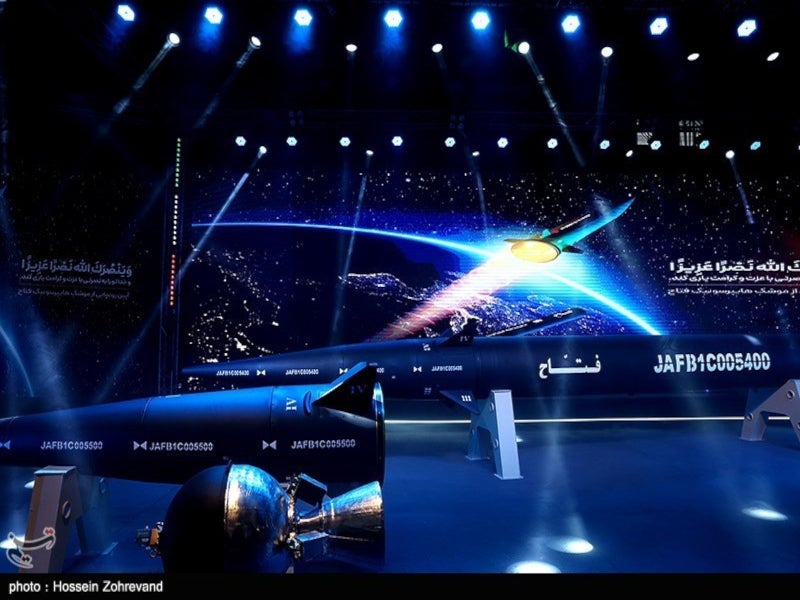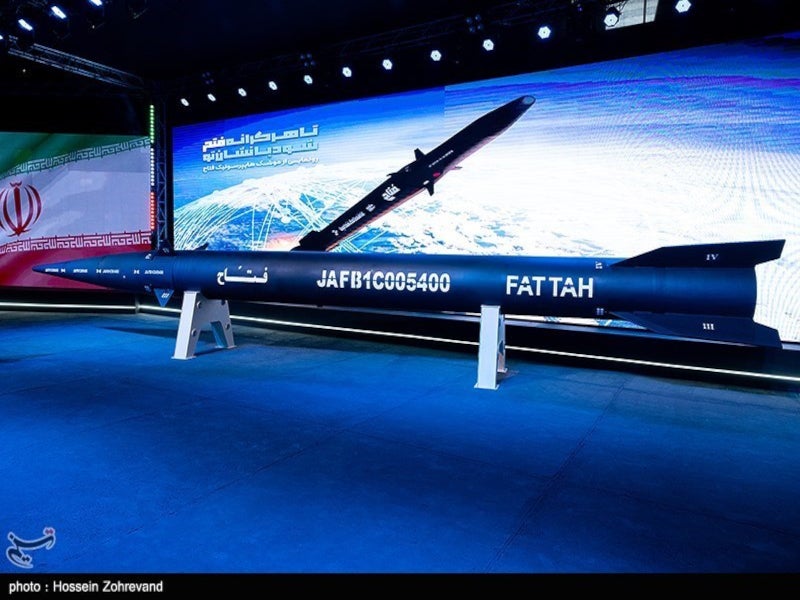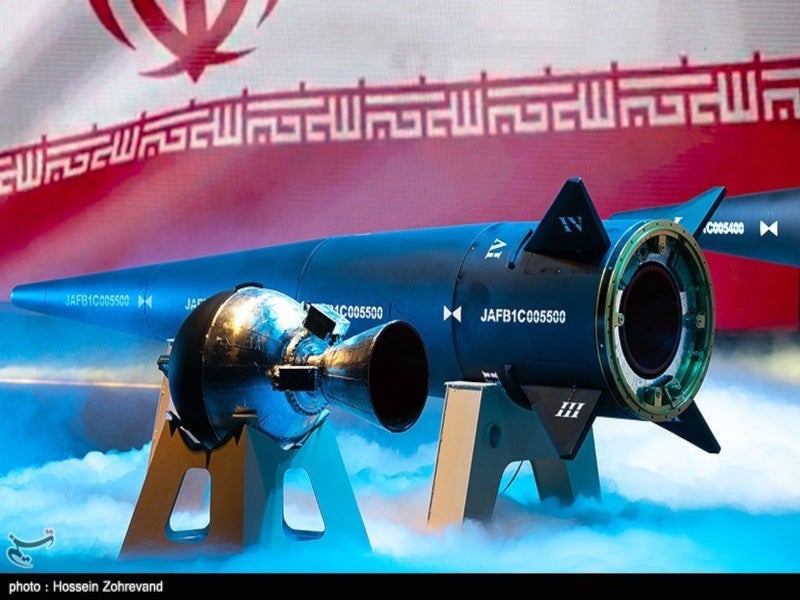Fattah is a hypersonic ballistic missile developed by the Aerospace Force of the Islamic Revolutionary Guard Corps (IRGC), a multi-service military unit of the Iranian Armed Forces. It was developed to enhance the deterrent capabilities of Iran, fostering security and establishing sustainable peace in the surrounding region.
Loosely translated as the “victor” in Arabic, Fattah was named by the Supreme Leader of Iran Ayatollah Ali Khamenei. The missile is capable of penetrating sophisticated missile defence systems owing to its high speed, stealth design and manoeuvrability within and outside the Earth’s atmosphere.
In November 2022, Iran announced the development of the hypersonic missile at an event marking the 11th martyrdom anniversary of Hassan Tehrani Moghaddam, who is known as the father of Iranian missile technology. It was considered a big generational leap for Iranian missile technology.
The Fattah hypersonic missile was launched in June 2023 after completing further tests. Along with the Khorramshahr 4 ballistic missile, the development of the Fattah missile demonstrates the combined and coordinated efforts of the IRGC and the Ministry of Defence and showcases their complementary capabilities.
Iran claimed itself to be the fourth country to possess hypersonic technology. Countries that include the US, Russia, China, India and North Korea possess operational supersonic intercontinental ballistic missiles.
The Fattah missile will be installed in Iran’s advanced Moudge-class Damavand-2 destroyer to enhance its naval fleet.
Fattah missile design details
Fattah is a precision-guided hypersonic ballistic missile capable of penetrating all types of defence shields, including the US and Israel’s most sophisticated anti-ballistic missile systems such as the Iron Dome employed by Israel.
Hypersonic missiles can achieve speeds at least five times greater than that of sound while following intricate flight paths, rendering them highly challenging to intercept. The missile can also evade and bypass radar systems.
The upper atmosphere’s friction generates exceptionally high temperatures while the missile’s high velocity creates a surrounding of superheated particles, hindering the transmission of radio communications.
Performance of the Fattah missile
Fattah can strike a target at a speed between Mach 13 and Mach 15 (15,000km/h) and has a range of 1,400km (870 miles). The range of the missile is expected to be increased up to 2,000km.
The system has a mobile nozzle, which provides the operator the ability to manipulate the trajectory of the missile and direct it towards different directions.
Fattah can also modify its plane of movement in space. It can perform lateral movement to the left and right, up and down, as well as rotate or integrate within the upper atmosphere.
Propulsion of the Fattah missile
The Fattah missile is equipped with an engine, a second-stage movable nozzle solid fuel propellant, a control guide and a warhead, offering tactical capabilities at extremely high speeds.
The missile gets activated by a spherical propellant within an estimated range of several hundred kilometres from the intended target.
Iran’s ballistic missiles
Prior to the introduction of the Fattah hypersonic missile, Iran had developed a diverse array of ballistic missiles aimed at enhancing its security. Among them are several short-range solid-fuelled ballistic missiles within the Fateh series such as the Fateh-110 and Fateh-313.
The Dezful missile, alternatively referred to as Zolfaghar or Qasem, is an upgraded version of a short-range solid-fuel ballistic missile within the Fateh family boasting an estimated range of 700km.
The Emad liquid-fuelled ballistic missile marked the country’s initial steps into long-range missile technology. It is equipped with a new warhead designed for improved accuracy and possesses a range of 1,700km. Both the Emad and Dezful missiles were unveiled in 2016.
The Ghadr-110 (Qadr-110), Fajr-3, Ashoora, Khorramshahr, Sejjil, and Shahab-3 are some of the other missiles developed by Iran to enhance its strategic capabilities.






